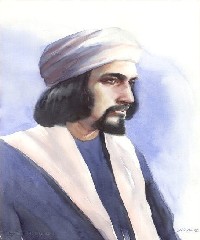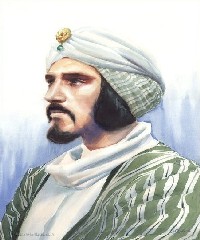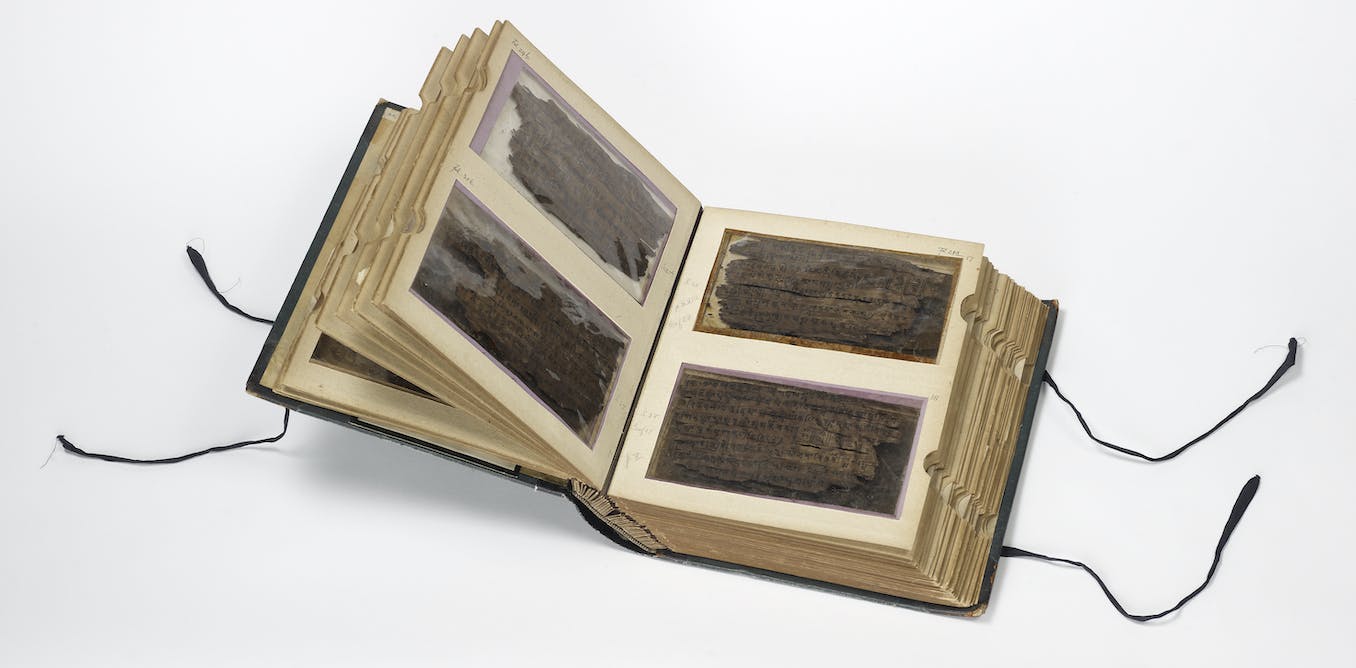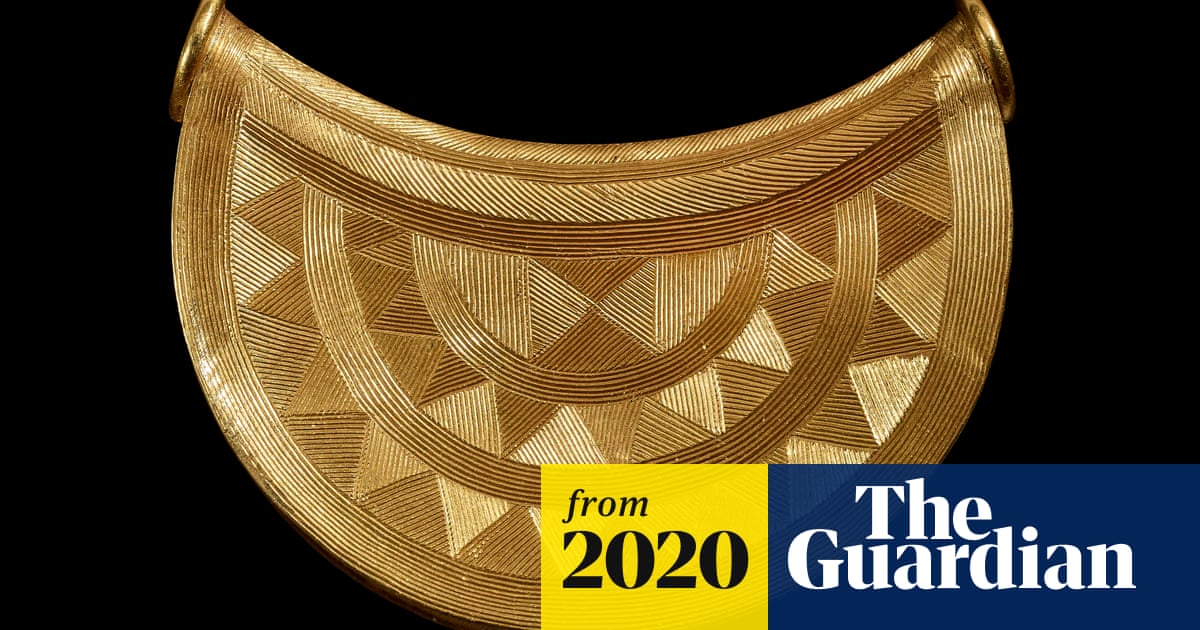- Jun 28, 2015
- 9,750
- 2,615
- Country
- United States
- Faith
- Christian
- Marital Status
- Married
- Politics
- US-Republican
What pagan or/and philosphy has influnced cultures, societies in general?
I think David Hume wrote a thesis on 1 + 1 = 2
algebra was invented by a Muslim.
"
Early mathematics was revolutionised by Muslim scholars like Al-Khwarizmi, the founder of Algebra; Al-Kindi, Al-Khazin, Al-Khujandi,Al-Sijzi, Abul Wafa and numerous others.This article reviews some of the important works of these mathematicians.
Islamic mathematical achievements were many as here outlined by Sabra [1]. Islamic scholars devised and successfully applied new and elaborate techniques of computations; they constructed sophisticated mechanical computers; devised methods for calculating with decimal fractions; took significant steps toward extending the concept of number inherited from the Greeks, so as to include irrational magnitudes as well natural numbers and common fractions; added to the limited, ad hoc trigonometric methods they learned from the Greeks (Ptolemy’s chord function) and from the Indians (the sine and tangent functions) and eventually developed them into an independent discipline no longer subservient to astronomy. They recast the algebraic modes of solving numerical problems found among the Greeks and the Indians, thereby creating a new form of algebraic discourse and setting the science of algebra on a new course (but without introducing a symbolic calculus), and they went a long way in exploiting the use of higher geometry (conic sections) in the solution of higher-than-quadratic equations [2].
Sarton outlines some of the accomplishments of eminent Muslim mathematicians. Al-Khwarizmi, the Banu Musa, Al-Kindi, and others. The 10th century gave us much more, in mathematics, the so-called dust (ghubar) numerals, the numerals we use in our modern calculation were used in Muslim Spain (The eastern forms still used in the eastern block of the Arab world look like the Hindu numerals). In the same 10th century, Abu Jaafar al-Khazin wrote commentaries on the tenth book of Euclid and on other works and solved al-Maham’s cubic equation; Al-Sagham investigated the trisection of the angle; Abu-l-Wafa’ wrote commentaries on Euclid, Diophantos, and al-Khwarizmi, arithmetical and geometrical treatises, and solved a number of geometrical and algebraical problems; Al-Sijzi made a special study of the intersections of conics and found a geometrical means of trisecting angles; Al-Khujandi proved that the sum of two cubic numbers cannot be a cubic number; Maslama ibn Ahmad composed a commercial arithmetic and studied the amicable numbers, and so much more [3].
Scott too, notes how in their treatment and application of the exact sciences, and especially in the development of the higher branches of mathematics, the Muslims exhibited pre-eminent ability [4]. The decimal system was also introduced by them; they greatly advanced the study of algebra, whose scope and possibilities had previously been imperfectly understood and applied it to geometry, and they substituted sines for chords, invented modern trigonometry, and proposed a formula for the solution of cubic equations [5].
In the words of Ronan, Islamic mathematics brought into the mathematical art two powerful techniques — algebra and trigonometry — which are as valid today as they were when the Muslims introduced them [6].
A considerable bibliography is provided here to enlighten on the scope of Islamic mathematics and to form the foundation for younger researchers to study the real impact of Muslims on this science; a study which is still waiting [7]. Still, possibly, the best historians of sciences from Islamic countries are in the exact sciences, in general, and mathematics in particular. To their labours we owe a great deal to the richer knowledge of the role of Muslim mathematics. Amongst such historians must be cited Rashed [8], Djebbar [9], al-Daffa [10], Jaouiche [11], Lamrabet [12], and, of course, Sezgin [13].
The most eminent early mathematicians of Islam came from the East, i.e Iraq, and include amongst them Al-Khwarizmi, the Banu Musa Brothers, al-Kindi, al-Battani, and Abu’l Wafa. It is only possible to refer to a few of the subjects addressed by these mathematicians.
The first great Muslim mathematician was Thabit ibn Qurra, whose astronomical work at Baghdad has already been described. He wrote on the theory of numbers and extended their use to describe the ratios between geometrical quantities — a step the Greeks never took — and he discussed the question of where, if anywhere, parallel lines can meet. Ibn Qurra also prepared a Book of Data, a geometrical book, which was to have a vogue in the West in the Middle Ages [14].
Al-Khwarizmi was the author of Kitab al Mukhtassar fi’l hisab al jabr wa’l muqabalah (Compendious Book of Calculation by Completion and Balancing). Sabra tells that the title of the treatise, `al jabr wal muquabala,’ referred to the two operations used by him in the process of solving linear and quadratic equations, namely those of eliminating negative quantities and reducing positive quantities of the same power on both sides of the equation [15]. Sabra points out that these terms, which may be translated as restoring (or completing) and balancing respectively, could be traced to concepts already present in the work of Diophantus, but no prototype of al Khawarizmi’s book as a whole is known to have existed in any language prior to the 9th century [16]. Al-Khwarizmi who wrote to show ‘what is easiest and most useful in arithmetic’, in which he used algebra in our modern problem to one of six standard forms, using two processes, the first known as al-jabr, the second as al-mu qabala. Al-jabr was concerned with ‘transferring terms’ to eliminate negative quantities (so that, for example, x = 40 – 4x becomes 5x= 40); al-muqabala was the next process, that of ‘balancing’ the positive quantities that remain (thus if we have 50 + x 2 = 29 + 10x al-muqahala reduces it to x2 + 21 = 10 x) [17]. Al-Khawarizmi’s treatise started something new; its systematic approach represented by its reduction of the treated problems to canonical forms provided with proofs, and “can be said to have impressed its character on subsequent algebraic works, even when these (like the treatises of al-Karaji and Umar Khayyam) went far beyond it [18].”
Another of the Baghdad astronomer-mathematicians was al-Battani, and his notable achievements were, first, that he gave up the old Greek system of chords of angles and adopted the far more convenient trigonometrical proportion known as the sine; he also used its converse ratio, the cosine. With Hipparchos and Ptolemy, the Greeks had come close to trigonometry but they had never finally settled on the ratios that al-Battani adopted, and which, because of their simplicity and convenience, were to revolutionise the mathematics of triangles used so much in astronomy and surveying, divesting it of some of its previous difficulty. Al-Battani’s second achievement was his use of trigonometry, and the projection of figures from a sphere on to a plane, to allow him to get some new and elegant solutions to astronomical problems. Al-Battani (850-929 CE) the first to use the expressions “sine” and “cosine” was very much aware of the superiority of his `sines’ over the Greek chords [19]. His methods were copied in Western Europe in the fifteenth century by the astronomer Regiomontanus [20].
The Banu Musa brothers (early 9th century) wrote amongst others on the measurement of the sphere, and discovered kinematical methods of trisecting angles and of drawing ellipses [21].
Al-Kindi’s (801-873CE) works on mathematics were numerous—Flugel in his monograph on al-Kindi gives the titles of more than twenty—and their influence is not to be underestimated [22]. He wrote on spherical geometry and its uses in astronomical works; an introduction to arithmetic and the theory of numbers [23].
Al-Kindi’s lasting influence on subsequent Western scholars has already been briefly noted. His two treatises on geometrical and physiological optics were utilised by Roger Bacon and the German physicist Witelo [24]. Al-Kindi’s influence was so widely felt that Geronimo Cardano (1501-1576 CE), the Italian physician and mathematician, considered him one of the twelve great minds of history [25]. This is no more than might be expected, if we consider the field of interest of Cardano, who among the moderns perhaps most nearly resembles al-Kindi [26].:"
Too much to post Mathematics in Muslim Heritage - Muslim Heritage
I think David Hume wrote a thesis on 1 + 1 = 2
algebra was invented by a Muslim.
"
Early mathematics was revolutionised by Muslim scholars like Al-Khwarizmi, the founder of Algebra; Al-Kindi, Al-Khazin, Al-Khujandi,Al-Sijzi, Abul Wafa and numerous others.This article reviews some of the important works of these mathematicians.

|
| Figure 1. An artist’s impression of Al-Biruni (© Muslim Heritage). |
Sarton outlines some of the accomplishments of eminent Muslim mathematicians. Al-Khwarizmi, the Banu Musa, Al-Kindi, and others. The 10th century gave us much more, in mathematics, the so-called dust (ghubar) numerals, the numerals we use in our modern calculation were used in Muslim Spain (The eastern forms still used in the eastern block of the Arab world look like the Hindu numerals). In the same 10th century, Abu Jaafar al-Khazin wrote commentaries on the tenth book of Euclid and on other works and solved al-Maham’s cubic equation; Al-Sagham investigated the trisection of the angle; Abu-l-Wafa’ wrote commentaries on Euclid, Diophantos, and al-Khwarizmi, arithmetical and geometrical treatises, and solved a number of geometrical and algebraical problems; Al-Sijzi made a special study of the intersections of conics and found a geometrical means of trisecting angles; Al-Khujandi proved that the sum of two cubic numbers cannot be a cubic number; Maslama ibn Ahmad composed a commercial arithmetic and studied the amicable numbers, and so much more [3].
Scott too, notes how in their treatment and application of the exact sciences, and especially in the development of the higher branches of mathematics, the Muslims exhibited pre-eminent ability [4]. The decimal system was also introduced by them; they greatly advanced the study of algebra, whose scope and possibilities had previously been imperfectly understood and applied it to geometry, and they substituted sines for chords, invented modern trigonometry, and proposed a formula for the solution of cubic equations [5].
In the words of Ronan, Islamic mathematics brought into the mathematical art two powerful techniques — algebra and trigonometry — which are as valid today as they were when the Muslims introduced them [6].
A considerable bibliography is provided here to enlighten on the scope of Islamic mathematics and to form the foundation for younger researchers to study the real impact of Muslims on this science; a study which is still waiting [7]. Still, possibly, the best historians of sciences from Islamic countries are in the exact sciences, in general, and mathematics in particular. To their labours we owe a great deal to the richer knowledge of the role of Muslim mathematics. Amongst such historians must be cited Rashed [8], Djebbar [9], al-Daffa [10], Jaouiche [11], Lamrabet [12], and, of course, Sezgin [13].

|
| Figure 2. An artist’s impression of Al-Kindi (Image from muslimheritage.com). |
The first great Muslim mathematician was Thabit ibn Qurra, whose astronomical work at Baghdad has already been described. He wrote on the theory of numbers and extended their use to describe the ratios between geometrical quantities — a step the Greeks never took — and he discussed the question of where, if anywhere, parallel lines can meet. Ibn Qurra also prepared a Book of Data, a geometrical book, which was to have a vogue in the West in the Middle Ages [14].
Al-Khwarizmi was the author of Kitab al Mukhtassar fi’l hisab al jabr wa’l muqabalah (Compendious Book of Calculation by Completion and Balancing). Sabra tells that the title of the treatise, `al jabr wal muquabala,’ referred to the two operations used by him in the process of solving linear and quadratic equations, namely those of eliminating negative quantities and reducing positive quantities of the same power on both sides of the equation [15]. Sabra points out that these terms, which may be translated as restoring (or completing) and balancing respectively, could be traced to concepts already present in the work of Diophantus, but no prototype of al Khawarizmi’s book as a whole is known to have existed in any language prior to the 9th century [16]. Al-Khwarizmi who wrote to show ‘what is easiest and most useful in arithmetic’, in which he used algebra in our modern problem to one of six standard forms, using two processes, the first known as al-jabr, the second as al-mu qabala. Al-jabr was concerned with ‘transferring terms’ to eliminate negative quantities (so that, for example, x = 40 – 4x becomes 5x= 40); al-muqabala was the next process, that of ‘balancing’ the positive quantities that remain (thus if we have 50 + x 2 = 29 + 10x al-muqahala reduces it to x2 + 21 = 10 x) [17]. Al-Khawarizmi’s treatise started something new; its systematic approach represented by its reduction of the treated problems to canonical forms provided with proofs, and “can be said to have impressed its character on subsequent algebraic works, even when these (like the treatises of al-Karaji and Umar Khayyam) went far beyond it [18].”
Another of the Baghdad astronomer-mathematicians was al-Battani, and his notable achievements were, first, that he gave up the old Greek system of chords of angles and adopted the far more convenient trigonometrical proportion known as the sine; he also used its converse ratio, the cosine. With Hipparchos and Ptolemy, the Greeks had come close to trigonometry but they had never finally settled on the ratios that al-Battani adopted, and which, because of their simplicity and convenience, were to revolutionise the mathematics of triangles used so much in astronomy and surveying, divesting it of some of its previous difficulty. Al-Battani’s second achievement was his use of trigonometry, and the projection of figures from a sphere on to a plane, to allow him to get some new and elegant solutions to astronomical problems. Al-Battani (850-929 CE) the first to use the expressions “sine” and “cosine” was very much aware of the superiority of his `sines’ over the Greek chords [19]. His methods were copied in Western Europe in the fifteenth century by the astronomer Regiomontanus [20].
The Banu Musa brothers (early 9th century) wrote amongst others on the measurement of the sphere, and discovered kinematical methods of trisecting angles and of drawing ellipses [21].
Al-Kindi’s (801-873CE) works on mathematics were numerous—Flugel in his monograph on al-Kindi gives the titles of more than twenty—and their influence is not to be underestimated [22]. He wrote on spherical geometry and its uses in astronomical works; an introduction to arithmetic and the theory of numbers [23].
Al-Kindi’s lasting influence on subsequent Western scholars has already been briefly noted. His two treatises on geometrical and physiological optics were utilised by Roger Bacon and the German physicist Witelo [24]. Al-Kindi’s influence was so widely felt that Geronimo Cardano (1501-1576 CE), the Italian physician and mathematician, considered him one of the twelve great minds of history [25]. This is no more than might be expected, if we consider the field of interest of Cardano, who among the moderns perhaps most nearly resembles al-Kindi [26].:"
Too much to post Mathematics in Muslim Heritage - Muslim Heritage



